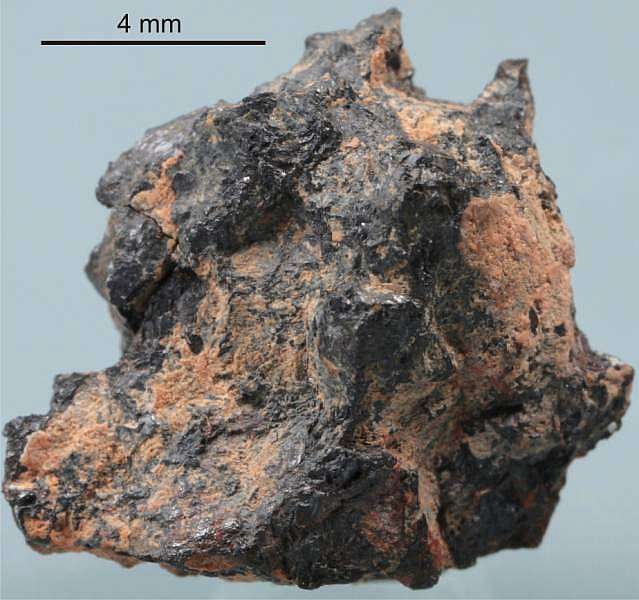- Joined
- Jul 19, 2004
- Messages
- 29,622
- Location
- Out of Bounds
A small diamond-ensrusted stone was discovered in 1996 in southwestern Egypt - more specifically, in the field where desert glass had been harvested as far back as ancient times.
This small stone, completely different from the other glass objects from the so-called Libyan glass field, has always been considered something of an anomaly. It's always been presumed to have fallen to earth from outer space, but its composition and features don't match any known or theorized exemplars.
Somewhere along the line it was named 'Hypatia' in honor of the earliest reputed female natural philosopher / mathematician - Hypatia of Alexandria.
As of 2013:
http://www.sci-news.com/space/scien...mond-bearing-pebble-evidence-comet-01446.html
... it seemed as if the most likely explanation was that the Hypatia stone represented a fragment of a comet's nucleus. This would arguably make the stone the first demonstrable evidence of a comet (as opposed to any other incoming body) striking the earth.
More recently, subsequent analyses indicate the Hypatia stone does not conform to any known or theorized category of material from within our solar system or originating since the sun initially coalesced.
https://www.sciencedaily.com/releases/2018/01/180109112437.htm
https://www.livescience.com/61409-extraterrestrial-hypatia-stone.html
This raises the possibility that the Hypatia stone may be of extra-solar origin, or perhaps a remnant of the pre-solar material from which our star system derived.
In light of the recent Oumuamua fly-by mania, I found it odd nobody mentioned we already had an object that might be of extra-solar origin.
NOTE: I'm uncertain whether these latest analyses are taken to refute the earlier theory the stone might be a fragment of a cometary nucleus.
This small stone, completely different from the other glass objects from the so-called Libyan glass field, has always been considered something of an anomaly. It's always been presumed to have fallen to earth from outer space, but its composition and features don't match any known or theorized exemplars.
Somewhere along the line it was named 'Hypatia' in honor of the earliest reputed female natural philosopher / mathematician - Hypatia of Alexandria.
As of 2013:
http://www.sci-news.com/space/scien...mond-bearing-pebble-evidence-comet-01446.html
... it seemed as if the most likely explanation was that the Hypatia stone represented a fragment of a comet's nucleus. This would arguably make the stone the first demonstrable evidence of a comet (as opposed to any other incoming body) striking the earth.
More recently, subsequent analyses indicate the Hypatia stone does not conform to any known or theorized category of material from within our solar system or originating since the sun initially coalesced.
https://www.sciencedaily.com/releases/2018/01/180109112437.htm
https://www.livescience.com/61409-extraterrestrial-hypatia-stone.html
This raises the possibility that the Hypatia stone may be of extra-solar origin, or perhaps a remnant of the pre-solar material from which our star system derived.
In light of the recent Oumuamua fly-by mania, I found it odd nobody mentioned we already had an object that might be of extra-solar origin.
NOTE: I'm uncertain whether these latest analyses are taken to refute the earlier theory the stone might be a fragment of a cometary nucleus.



